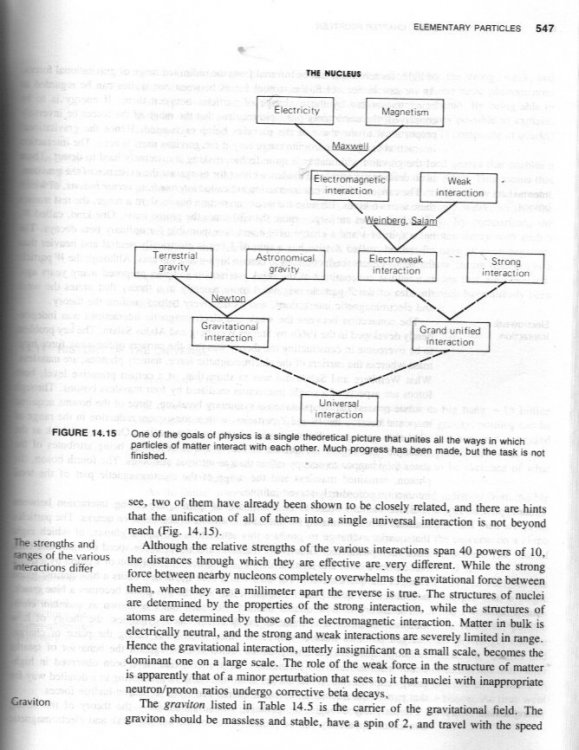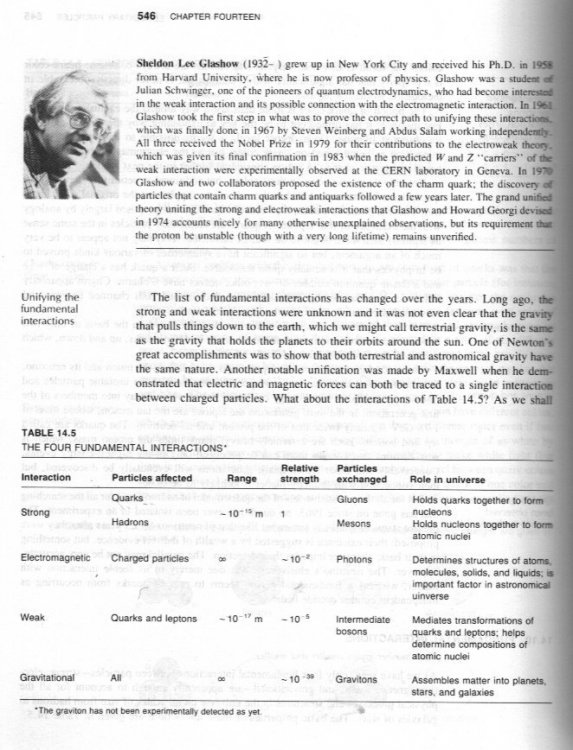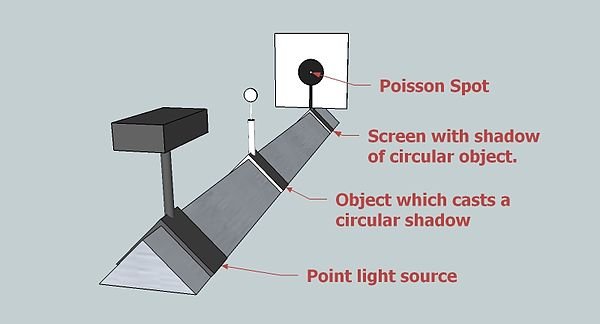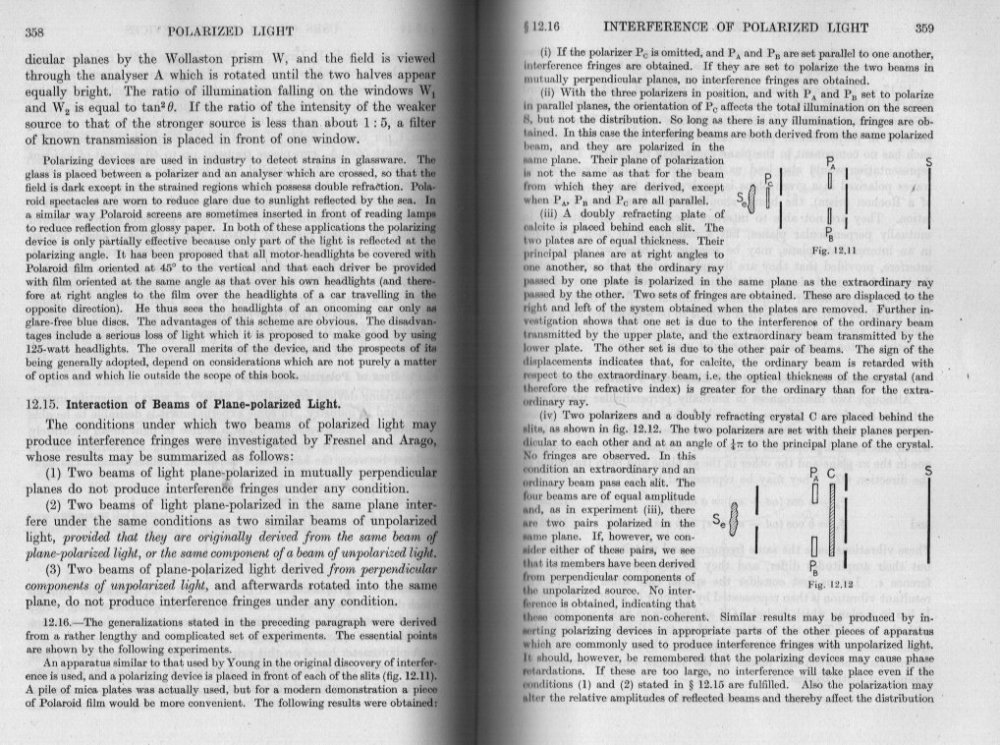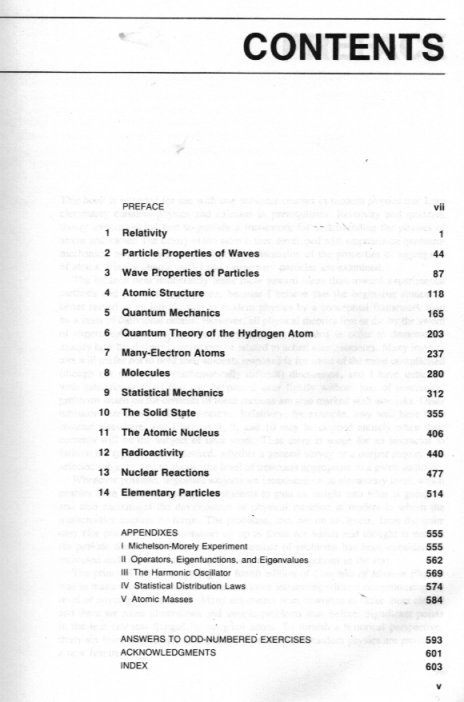-
Posts
18316 -
Joined
-
Last visited
-
Days Won
104
Content Type
Profiles
Forums
Events
Everything posted by studiot
-
Since you have used equality in your definition of Mathematics, what is the Science that defines equality for us, to prevent your definition becoming self referential ?
-
A climate activist cycles out to fix it. https://www.thenational.scot/news/19667986.stunt-cycling-star-danny-macaskill-wind-turbine-challenge-climate-change/
-
Agreed. But from the article. Nonsense. Even in the windiest place on Earth there are periods of calm. But why stand it on the ground ? A good safe place might be built into the gable end under a pitched roof. Or simple erected on top of a flat roof. Wherever it is placed there would need to be a store capable of holding the a predicted numbers of days usage in calm weather. In the UK building codes have maps showing isopleths that could be used for design purposes, as they already are for structural purposes. Final thought. What happens when they ice up ?
-
-
I have already confirmed that you understand I am referring to the wave approaching the slits from the source, by specifying in that space. As with diffraction and interference, there are differences between polarisation and planarity (plane waves), and coherence. Some waves cannot be polarised, but can still come in planar form, for example longitudinal waves. I'm suprised you respond to my specifying a plane wave by offering a laser, since as swansont has already noted, they are not plane sources. I agree that small optical lasers yield granular images on screen, though if you had an integrating screen over time you would achieve even illumination. True plane waves would indeed illuminate a detector screen evenly. In fact I do not know of any light sources that directly emit plane waves. Most light sources approximate to point sources (there are no true point sources). Such sources usually generate circular or spherical waves. A good guide to the type of wave is the shape of the wavefront - linear, circular, spherical etc. These have to be generated by special conditioning of the light from the source. So, if you do not know the reason for working with them, it would be suprising that you do not ask. The Arago experiment you referred to (the bright centre dot) is shown by Wiki to employ a point source. Do you think there would also be a dot if the waves were planar ? https://en.wikipedia.org/wiki/Arago_spot However Arago is also known for lots of careful experiments in collaboration with Fresnel using plane waves. All of this shows, as we have been telling you, that light has some wave character, some corpusucular character and some quantum character and possibly some additional characters as well.
-
Obviously you missed my response as it contained the answer to your original question.
-
But we do call it yellow. yolk is Old English for yellow. (they spelt it geolca) pun intended.
-
I didn't think I'd ever give a +1 for cheating but there you go. You did however start correctly, hopefully you are not too drunk to finish it correctly.
-
Thank you for your answers to the questions. Yes I think from your answers you have correctly understood the questions. However you questions demonstrate that you need to understand the basics better. This is not a personal criticism but an attempt to help you. Diffraction and interference are different phenomena. Interference ony occurs when two separate waves overlap (occupy the same space). Changes of direction (spreading) of the waves is not involved. Diffraction is the result of a single wave interacting with a wave blocking object. It is the name given to the spreading of (single) waves when they pass through apertures or around objects. Until recently it has not been possible to show interference from two different light sources, but has been possible with other waves. That is way classical interference experiments split the light from a single source. The slit(s) experiment require a single plane wave in the space between the source and the slit(s) barrier. So interference is not possible or observable in that space. Insertion of an observation screen will show an even illumination. Insertion of a blocking object may show diffraction effects around its edges or in its shadow zone. With a single slit, the result of the passage of the wave depends upon the geometry of both the wave and the slit. Some results are also dependent upon the distances of the source and observing screen from the slits. For instance this distinguishes Fraunhofer and Fresnel diffraction. All of these phenomena are well tested experimentally, some have been known for hundreds of years. As regards the difference between the wave and photon models of light consider the quantity I, the intensity of illumination at any point on the screen. We have for photons [math]I = nh\nu [/math] And for waves [math]I = {\varepsilon _0}c{E^2}[/math] The key point here is that for either model the I must be equal as they refer to the same observable quantity.
-
Yes Markus has nailed it. I was wondering whether to recommend the Beiser book to you anyway but here is the contents page. Note carefully that his choice of chapters and their order. 1. 2. Particle properties of waves. 3. Wave properties of particles. 4. It really is a well thought out book. In particular it describes the observations and experiments that led to the 'quantum theory of light' really well. So let me ask you some simply physics question. In the single slit or double slit experiment, is diffraction or interference possible in the region before the slit barrier i.e. can diffraction or interference be observed ? Are both interference and diffraction possible in a) The single slit ? b) The double slit ?
-
Hello, and welcome. You opening post reminds me of when I was 12 and wrote to Patrick Moore because I did not understand the greenhouse effect and he wrote me a letter not only beautifully explaining it to me but also encouraging me to keep thinking and questioning. So it is with you and infinity. Infinity is not only a very stange beast it is also a many headed one. And each head is different. The light that is worrying is infinitely spread out, if the size of the universe is infinite. So there will be no flood of light at any point, no matter how much light there is in total. In fact we now know that what we see is not totally black (ie zero light) but there is a residual amount at a very low level called the CMB or background radiation. Additionally there isobviously more light when we look at a nearby source of light, and the closer the source is the brighter is seems. Does this help ?
-
I really am amazed how completely you have just proved my words in your desire to argue, instead of listen. You have completely twisted swanson't words round in your reply to me. How can "will not interact" (swansont) ever mean "should interact" (bangstrom) ? Just to continue my suggestion that you should leran the basics properly here is a really good book by Arthur Beiser (fourth edition or later) Concepts of Modern Physics - McGraw-Hill. The book lays out all the areas of modern physics in a way that can be easily understood with excellent summaries and diagrams and contains the answers to many of the questions you seem to want to debate.
-
@md65536 Yeah you got it +1
-

Why covalent bonds produce electricity?
studiot replied to A_curious_Homosapien's topic in Classical Physics
Organic light emitting polymers. PS I fully support your other efforts here. +1 -

Why covalent bonds produce electricity?
studiot replied to A_curious_Homosapien's topic in Classical Physics
Well I have not got it. Are we talking about electric or magnetic effects of covalent bonds ? These are quite separate and due to separate mechanisms. Many substances that are covalently bonded conduct electricity, due to electrons being able to reach the conduction bands. OLEPS are a good example. There is a type of covalent bond called a dative bond which enjoys magnetic effects due to the separation of charge. Please clarify which we are talking about, magnetic or electric effects as each deserve a thread of their own. -
It's been some while since we had a weeend puzzle to chew on so here is a new one. You enter the bar and are offered a 1200 ml jug of beer on the condition that you divide the beer exactly into halves by pouring it into a number of jugs until you have exactly half in one of them. You are provided with two empty jugs of 800 and 500 ml capacity. None of the jugs have any markings to indicate volume. Other rules are that you may not discard any beer or use any further containers or weigh anything. What is the minimum number of pouring steps to achieve this and what are they ? Please put answers in a 'spoiler', available at the end of the input icon bar as an eye symbol.
-
+1
-

would you help me with future perfect?
studiot replied to Ahtahkakoop11's topic in Science Education
Using the present continuous is perfectly correct and acceptable in the right context. As a monument inspector I am often visiting old monuments in the course of my duties. A continuous process that is still ongoing in the present and will do so in the future. -
Thank you for your replies, but remember my intention here is not to interfere in your discussion with swansont. It is to help geordief beter understand waves and the slits experiment. So I will just ask you the simple question how do you view light as a wave when you are working at the one photon at a time scale as I believe you are trying to do ?
-

The relationship between the quantum and the classical
studiot replied to geordief's topic in Modern and Theoretical Physics
What a pity no one else is prepared to give way even a tiny bit here and accept that someone else has something valid worth stating. Perhaps you are all totally correct. That would be the day


